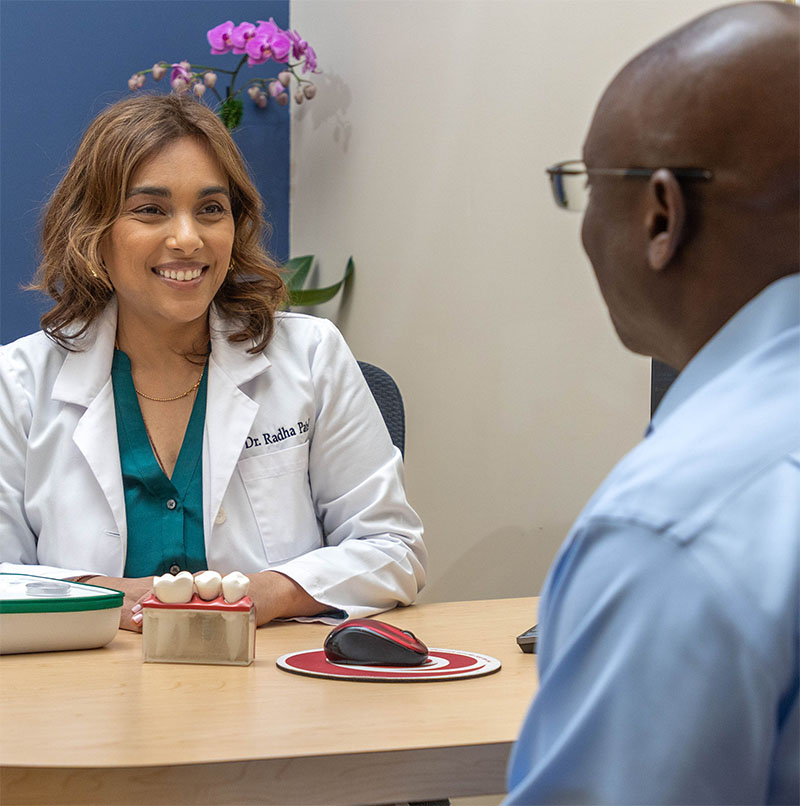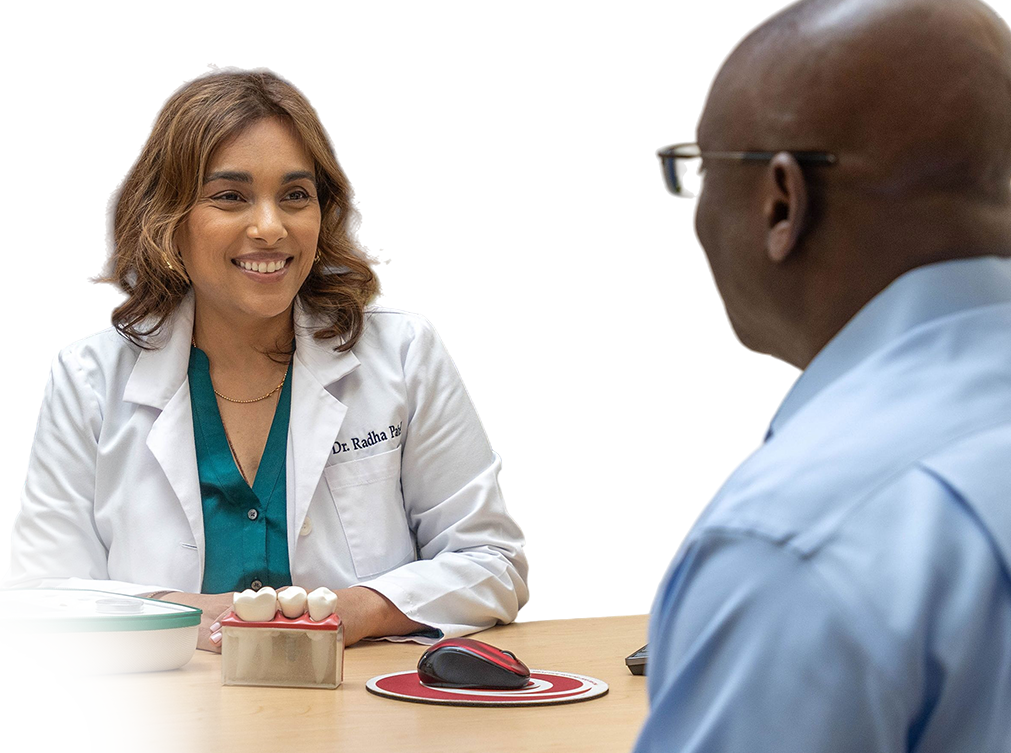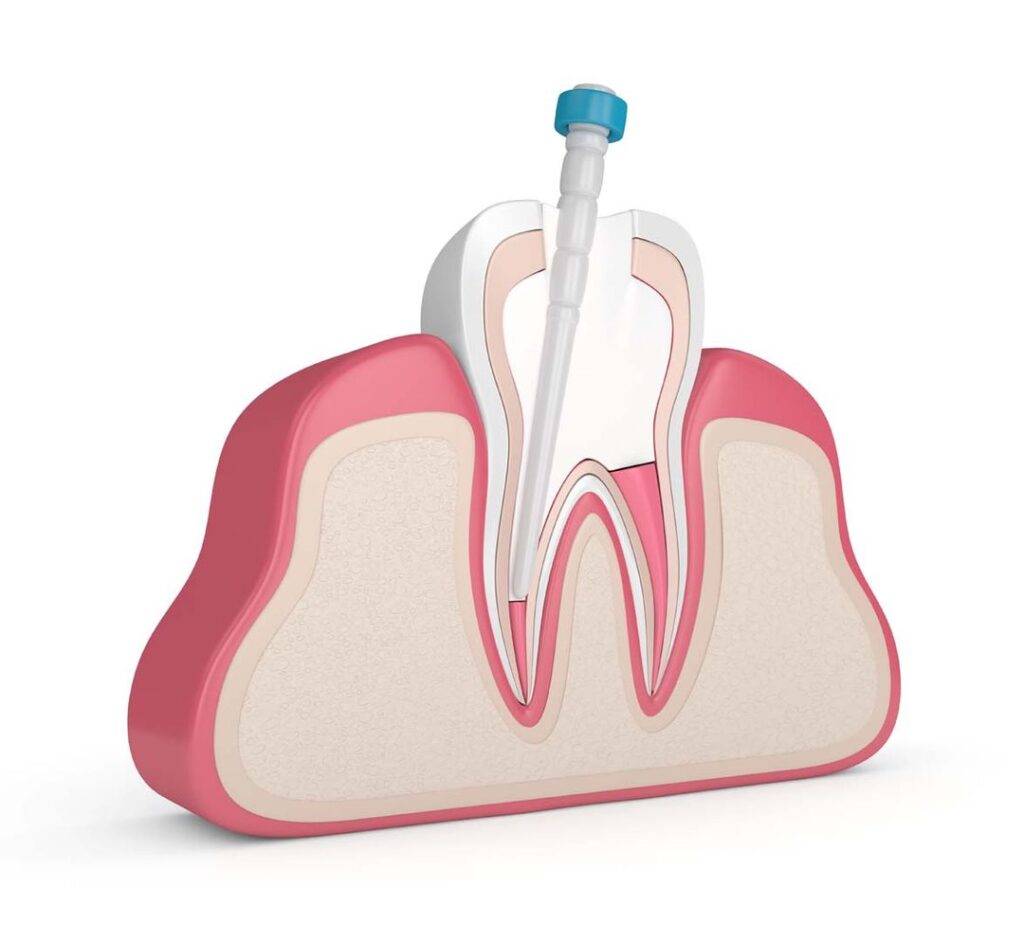
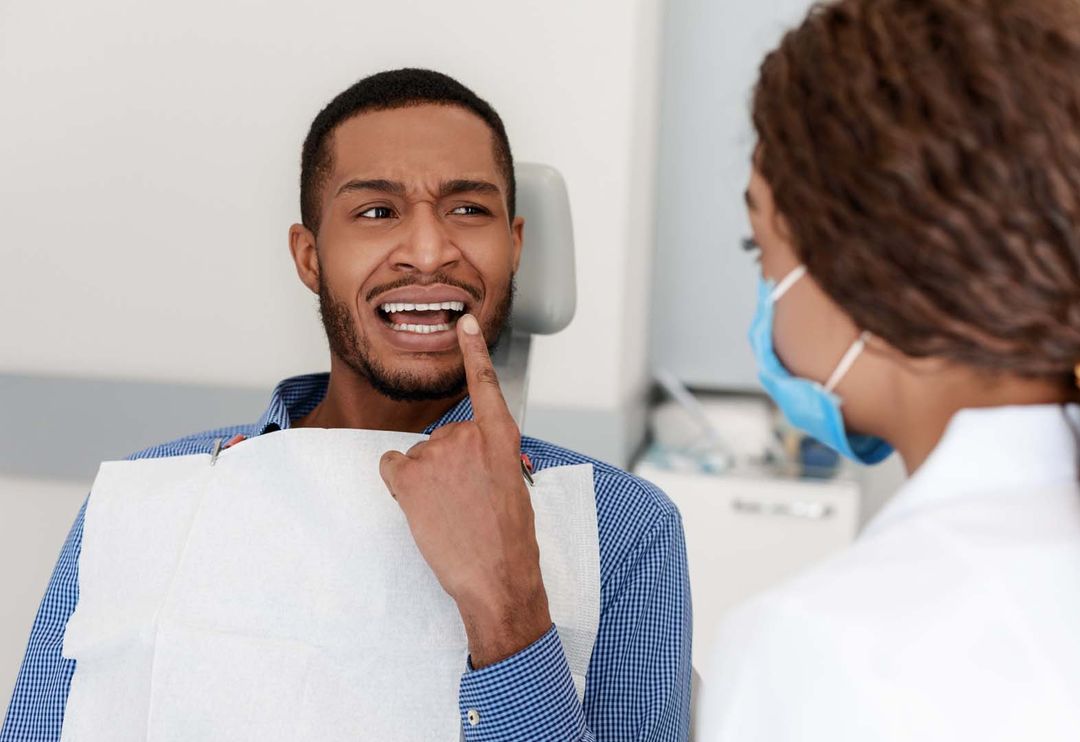
Proud Smiles: Expert Root Canal Treatment
At Proud Smiles in Sandy Springs, we understand the anxiety that can come with needing a root canal. Under the expert care of Dr. Radha Patel, our team is committed to providing comfortable, high-quality root canal therapy to patients in the Greater Atlanta area, including Buckhead, Dunwoody, Brookhaven, and Roswell. We strive to save your natural teeth and alleviate pain with precision and care.
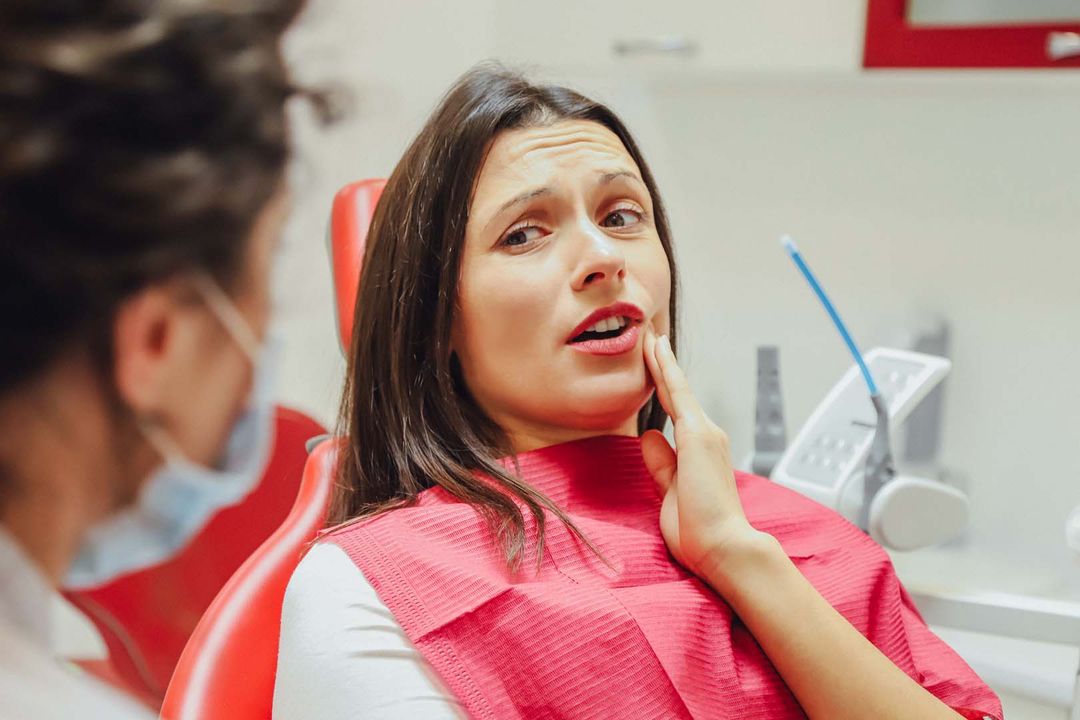
What is a Root Canal?
A root canal is a dental procedure used to treat infection or damage within the pulp of a tooth. This treatment involves removing the infected or damaged pulp, cleaning the inside of the tooth, and then sealing it to prevent further infection. Root canal therapy can relieve pain and save your natural tooth, preventing the need for extraction.
Signs You Might Need a Root Canal
If you are experiencing any of the following symptoms, you may need a root canal:
- Severe toothache when chewing or applying pressure
- Prolonged sensitivity to hot or cold temperatures
- Discoloration or darkening of the tooth
- Swelling and tenderness in the nearby gums
- A persistent or recurring pimple on the gums
If you notice any of these signs, it’s crucial to seek dental care promptly to avoid further complications.
Our Root Canal Procedure
At Proud Smiles, we utilize advanced techniques and technology to ensure your root canal treatment is as efficient and painless as possible. Here’s what you can expect during the procedure:
- Initial Examination: Dr. Patel will conduct a thorough examination, including X-rays, to assess the extent of the infection or damage.
- Local Anesthesia: We will administer local anesthesia to numb the affected area and ensure your comfort throughout the procedure.
- Removing the Pulp: Dr. Patel will create a small opening in the tooth to access and remove the infected or damaged pulp.
- Cleaning and Shaping: The inside of the tooth will be carefully cleaned and shaped to prepare it for filling.
- Filling and Sealing: The cleaned space will be filled with a biocompatible material, and the tooth will be sealed to prevent future infection.
- Restoration: Depending on the tooth’s condition, a crown may be placed to restore its strength and functionality.
Benefits of Root Canal Therapy at Proud Smiles
- Pain Relief: Root canal therapy effectively alleviates the pain caused by infected or damaged pulp.
- Tooth Preservation: Save your natural tooth and maintain your smile’s aesthetics and function.
- Experienced Care: Dr. Patel’s expertise ensures precise and effective treatment.
- Advanced Technology: Our state-of-the-art equipment enhances the accuracy and comfort of your procedure.
- Personalized Attention: We tailor our care to meet your specific needs, ensuring a positive experience.
Why Choose Proud Smiles for Root Canal Therapy?
Expertise of Dr. Patel: With extensive training and experience in endodontic procedures, Dr. Patel is equipped to provide exceptional root canal therapy.
Comfortable Environment: Our practice prioritizes patient comfort, offering a welcoming and soothing atmosphere.
Comprehensive Care: From initial consultation to post-treatment follow-up, we ensure you receive thorough and compassionate care.
Convenient Location: Proud Smiles is conveniently located in Sandy Springs, easily accessible to patients from Atlanta, Buckhead, Dunwoody, Brookhaven, and Roswell. We also serve the nearby areas of Alpharetta, Decatur, Midtown Atlanta, Vinings, Chamblee, Doraville, and East Cobb.
Schedule Your Root Canal Consultation Today
Don’t let tooth pain disrupt your life. Schedule a consultation with Dr. Patel at Proud Smiles in Sandy Springs today. Our dedicated team is here to answer your questions and provide the care you need to restore your dental health.
Accepting New Patients and Emergency Appointments Welcome!
Join our family at Proud Smiles.
We’re committed to providing compassionate, expert dental care in a welcoming environment. Schedule your appointment today and let us help you achieve the healthy, beautiful smile you deserve.
Before our calendar fills up!
